Review
The Best Drain Cleaners For Washer Drains
AZparts Team
Updated on July 14, 2025
7 min read
Clogged washer drains can be a nightmare, causing slow drainage, foul odors, and even damage to your appliance. Finding the best drain cleaner for the washer drain is the key to keeping your laundry routine smooth and stress-free. In this guide, AZParts will help you solve this problem with high-quality solutions that clean deeply, act fast, and are safe for your plumbing system.
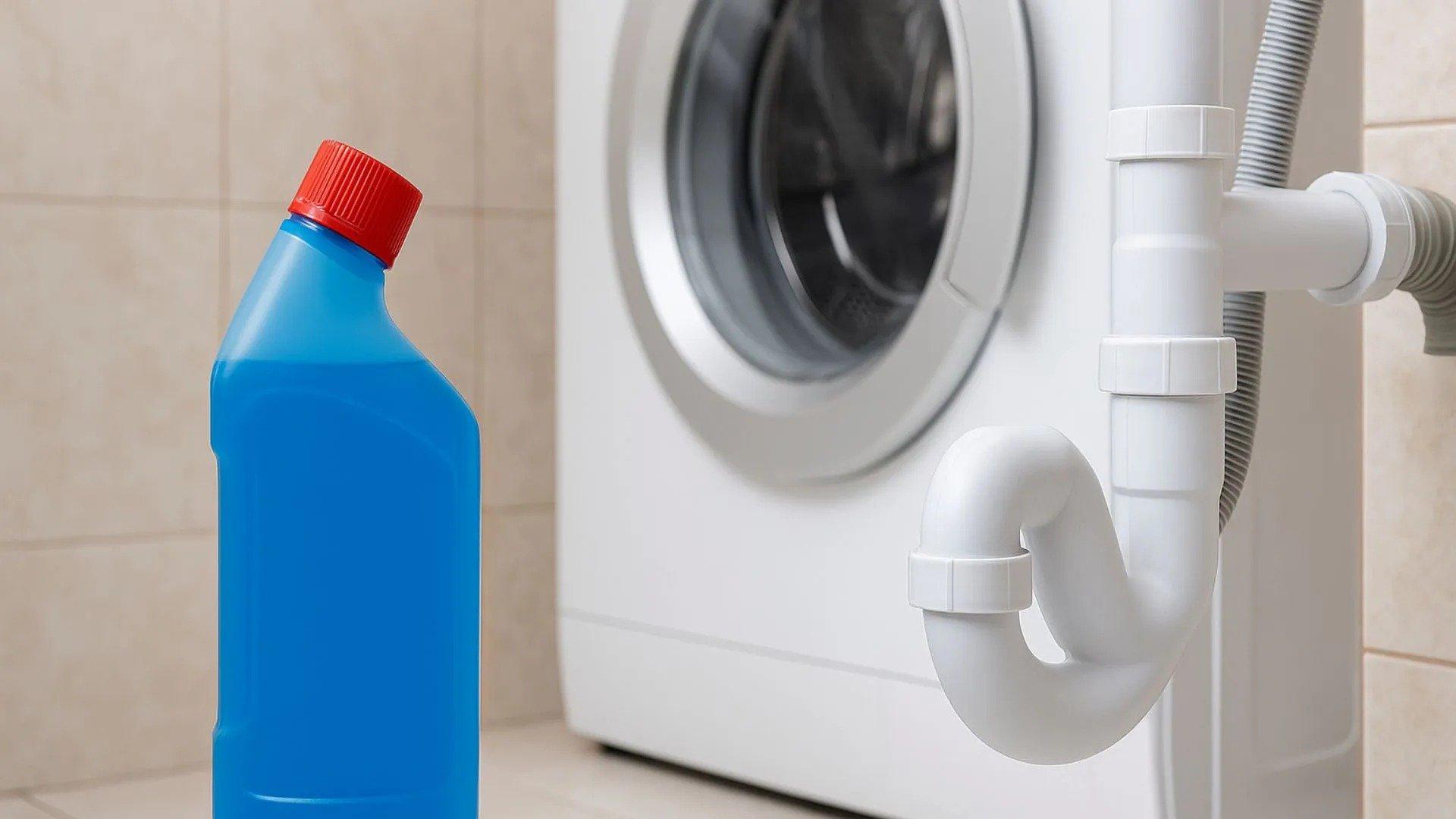
1. Best Drain Cleaning Solutions
1.1. Baking Soda and Vinegar
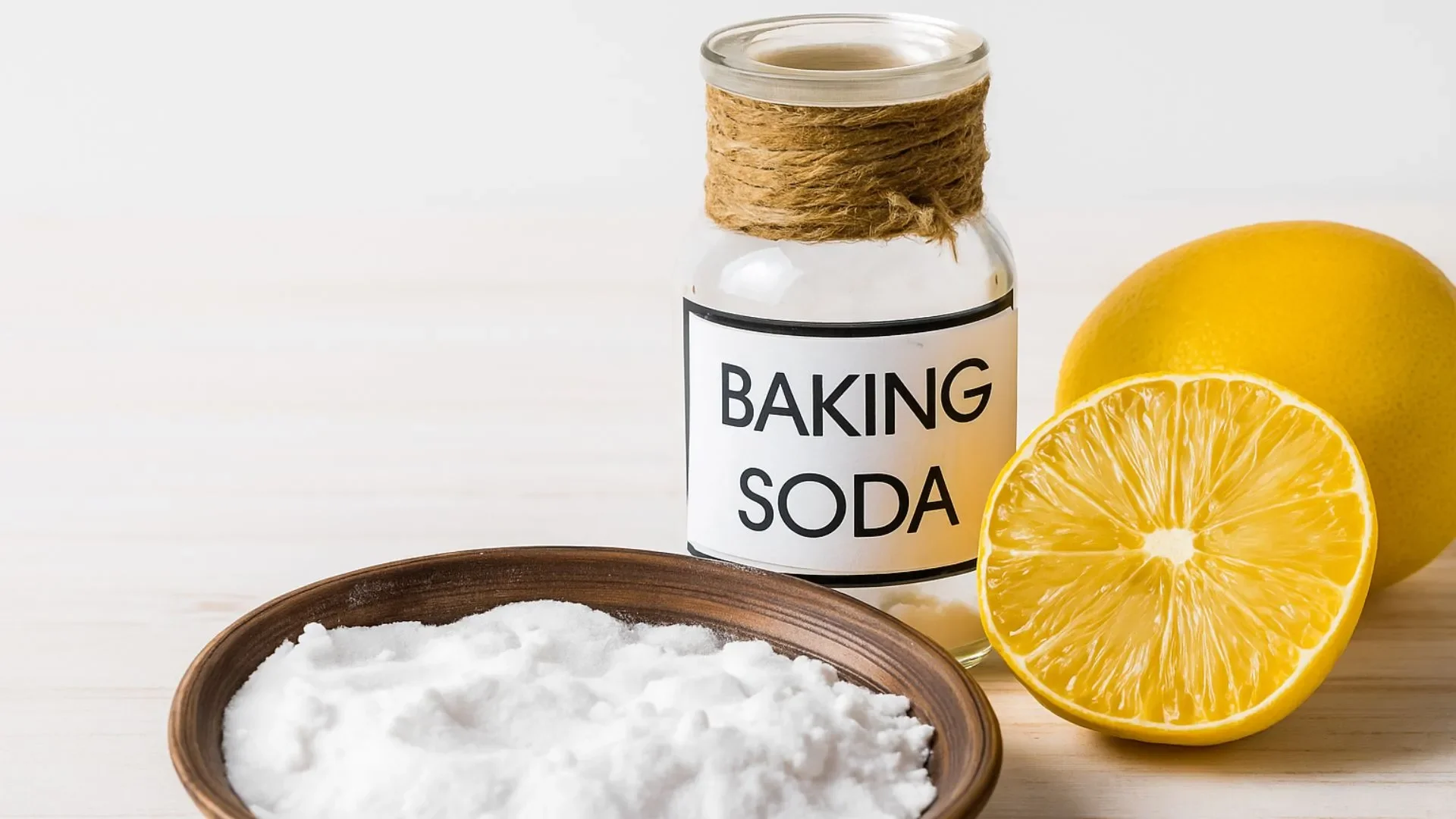
Eco-Friendly Drain Cleaning with Baking Soda (Source: Freepik)
This simple home remedy is a gentle and eco-friendly way to deal with minor clogs. When baking soda and vinegar combine, they create a fizzy reaction that helps loosen residue like soap buildup, lint, and dirt.
To use, unplug your washer, mix equal parts of baking soda and vinegar (about 1/3 cup each), pour it down the drain, let it sit for 30 minutes, then flush with hot water. Regular use may also help prevent buildup around common washer parts that are prone to residue, such as filters or drain lines.
When to use: Use this method if you notice slow drainage or mild odors, especially as a monthly maintenance routine.
Pros:
- This method is eco-friendly and safe for use with all types of plumbing pipes, including PVC and metal systems, making it a great choice for environmentally conscious households.
- It is also highly affordable and easy to prepare using common household ingredients, making it accessible and convenient for regular maintenance.
Cons:
- However, it may not be effective in clearing deep or severe blockages, especially those caused by heavy grease buildup or solid obstructions.
- Additionally, it requires a longer waiting time to work and may need to be repeated several times to achieve the desired result.
1.2. Plumbing Snake
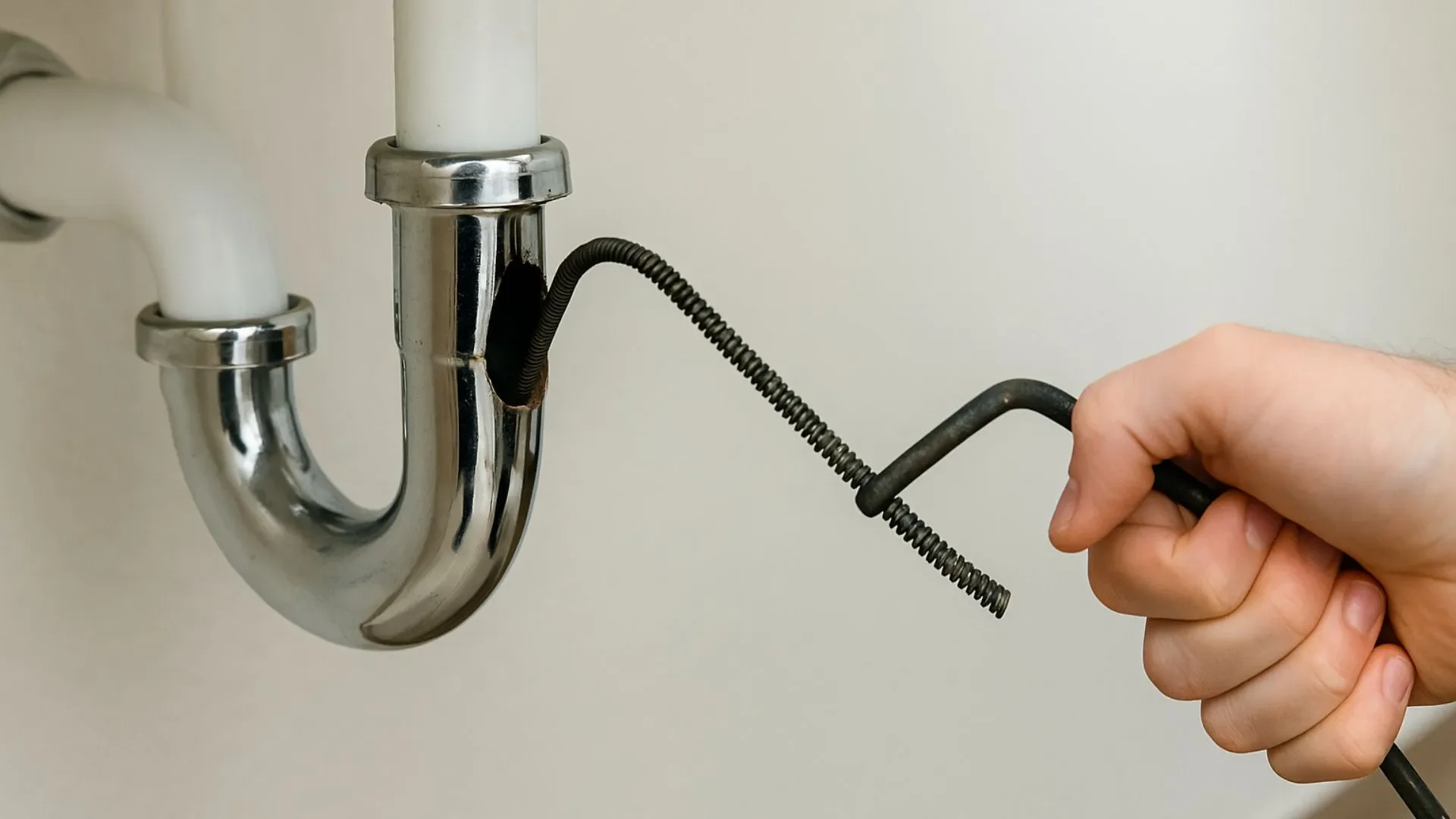
Fixing Washer Drain Issues with a Plumbing Snake ( Source: AZParts)
A plumbing snake is a long, bendable tool designed to reach deep into the washer drain and physically break up stubborn blockages such as hair, fabric threads, or small objects. Simply insert it into the pipe, rotate the handle until you meet resistance, then twist and pull to remove the clog.
When to use: Ideal when natural methods fail or when you suspect the clog is lodged deep inside
Pros:
- This tool is highly effective for clearing clogs located deep within the drain or in hard-to-reach areas that chemical cleaners often cannot reach.
- It is a reusable device that provides mechanical precision, allowing users to physically break up and remove blockages with better control.
Cons:
- However, it requires manual effort and a certain level of patience, especially for users who are not familiar with handling plumbing tools.
- If not used properly, it may cause damage to the pipes, particularly in older or more fragile plumbing systems.
1.3. Plunger
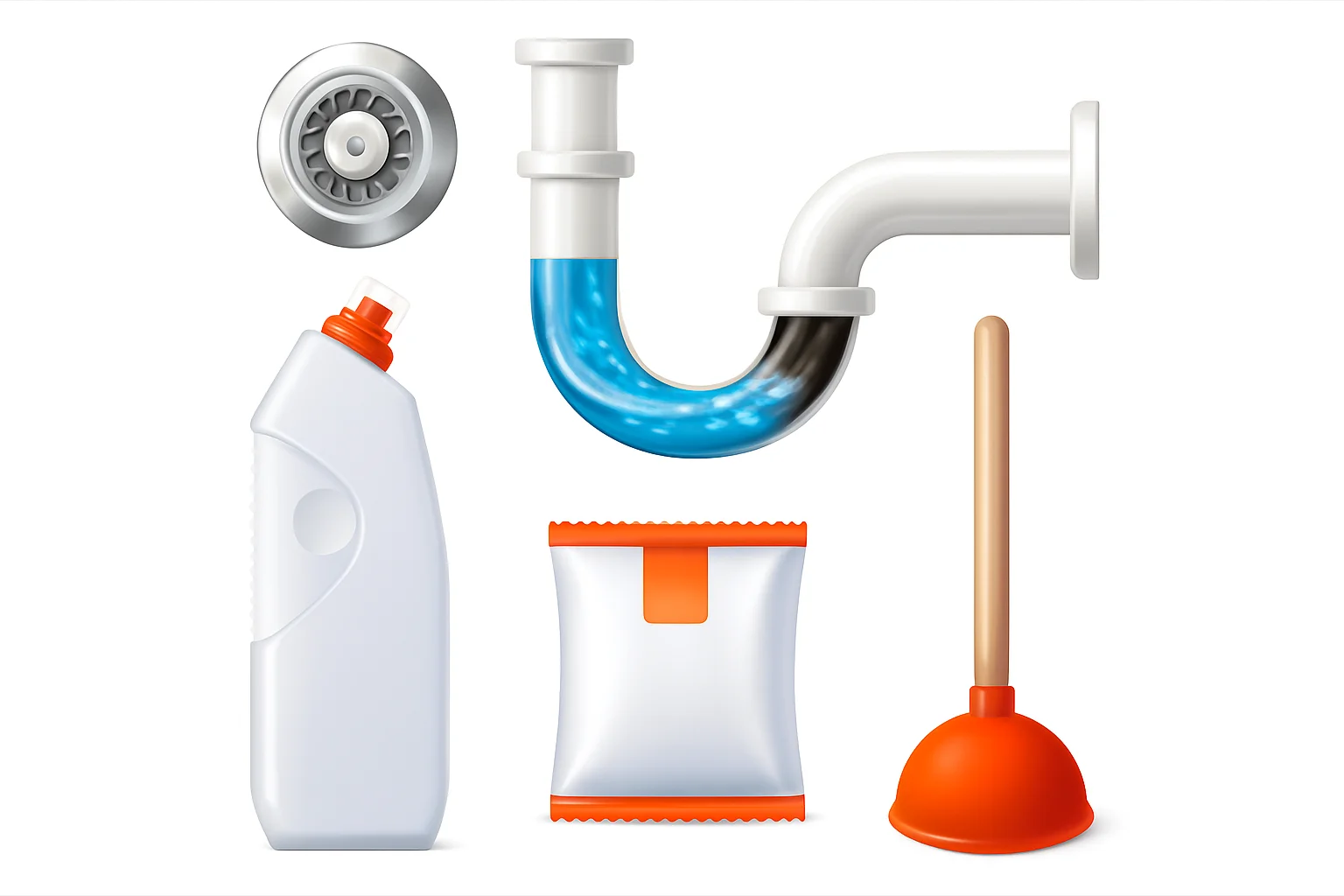
Essential Drain Cleaning Tools and Products for Clogged Pipes (Source: Freepik)
A plunger is a household staple that uses suction pressure to dislodge clogs located near the opening of the drain. Add enough water to submerge the plunger head, press firmly to form a seal, then push and pull rapidly to clear the blockage.
When to use: Great for surface-level clogs, especially when the drain is slow or gurgling after a wash cycle.
Pros:
- This method is simple and fast, requiring no special skills or chemical products, making it a safe and convenient option for most households.
- It is especially effective for clearing minor blockages that are located near the surface of the drain, such as hair, soap residue, or food particles, providing quick results without risking damage to your plumbing system.
Cons:
- However, this approach is limited to shallow clogs and may not reach deeper or more stubborn blockages that are lodged further down the pipe.
- It may also require multiple attempts to fully clear the drain, especially if the clog is partially dissolved or if there is a buildup of debris over time.
1.4. Wet-Dry Vacuum
Wet-dry vacuums offer strong suction to pull out debris that might not be accessible with a plunger or snake. Set the vacuum to liquid mode, create a tight seal with the drain, and let it run for a few minutes. When you hear a change in sound, the clog is likely cleared.
When to use: Best used when you have access to the right equipment and suspect loose material is causing the blockage.
Pros:
- This method uses high-pressure force to dislodge clogs, offering strong performance without the need for any chemical solutions—making it both eco-friendly and safe for most types of plumbing.
- It is particularly effective for clearing soft or loose clogs such as hair, soap scum, or food residue, and can often restore normal drainage within seconds when used correctly.
Cons:
- To achieve the best results, this method requires access to the proper equipment, such as a pressure plunger or drain blaster, which may not be available in every household.
- Additionally, it can be difficult to form a tight, secure seal over certain types of drains. Especially irregular or larger openings, which can reduce its effectiveness and require additional effort or technique to operate correctly.
1.5. Chemical Drain Cleaners
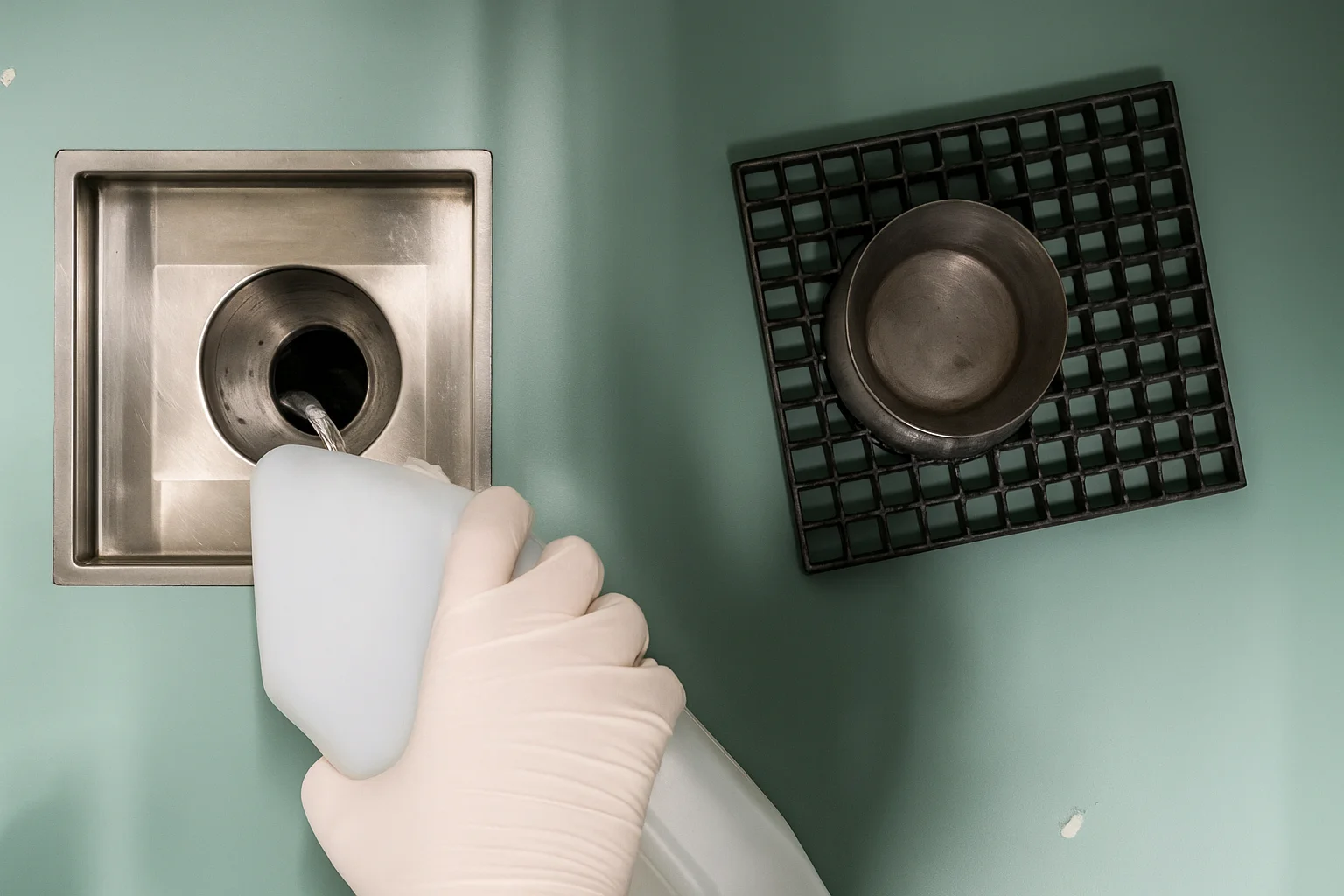
Pouring Chemical Drain Cleaner into Floor Drain (Source: Freepik)
Chemical drain cleaners are fast-acting solutions that break down grease, soap scum, and buildup inside the pipes. While they’re convenient, frequent use of harsh chemicals can weaken rubber or plastic parts in your washer over time. Especially near sensitive areas like the washer pump filter parts. When using this method, always follow instructions carefully and opt for gentler formulas where possible.
When to use: Ideal for tough clogs, especially when you need immediate results and don’t have tools available.
Pros:
- This method is both fast and highly effective, capable of breaking down clogs quickly, often within minutes, making it ideal for users who need a quick solution without delay.
- It also requires minimal physical effort, as most chemical drain cleaners work simply by pouring them into the drain and allowing the solution to dissolve the blockage.
Cons:
- However, poor-quality or overly harsh chemical products can damage your plumbing, especially if pipes are older or made from more fragile materials like PVC.
- In addition, frequent or improper use of chemical cleaners may gradually weaken the plumbing system over time, leading to leaks, corrosion, or costly repairs in the long run.
2. FAQs about Best Drain Cleaner for Washing Machine Drain
2.1. Are Chemical Drain Cleaners Safe?
Yes, most chemical drain cleaners are safe when used properly and in moderation. It's important to read the label and ensure the product is suitable for washing machine drains. Some harsh cleaners may contain corrosive ingredients that could harm internal components over time, so gentler formulas are generally recommended for household appliances.
2.2. Can Chemical Drain Cleaners Damage My Pipelines?
If used too frequently or incorrectly, certain chemical cleaners can wear down plastic or rubber parts within your plumbing system. Over time, this can lead to leaks or weak points. That’s why it’s important to alternate between chemical and non-chemical methods and to use cleaners that are specifically labeled safe for washing machines.
2.3. Is There Any Way to Prevent Clogged Drains?
Absolutely. One of the most effective ways to prevent clogs is by regularly cleaning your washing machine’s pump filter. The pump filter helps catch debris like lint, hair, and soap before they enter the drain pump and drain pipes, reducing the chances of clogs.
By keeping these elements clear, you ensure that the drain cleaner can work more effectively on the pipes themselves. Routine maintenance, such as running a cleaning cycle monthly and avoiding overloading your machine with detergent or fabrics that shed easily, also helps prevent buildup.
Finding the best drain cleaner for the washer drain is key to preventing slow drainage, foul odors, and potential damage to your appliance. From eco-friendly remedies to powerful tools, each method serves a purpose depending on the severity of the clog. Whether you're tackling the issue yourself or need expert guidance, AZParts is your trusted source for high-quality washer parts and practical solutions that help restore a clean, efficient, and odor-free laundry experience.
Contact Information:
8 The Green, Ste A, Dover, Delaware 19901-3618, United States
Washer
Further Reading
Further Reading


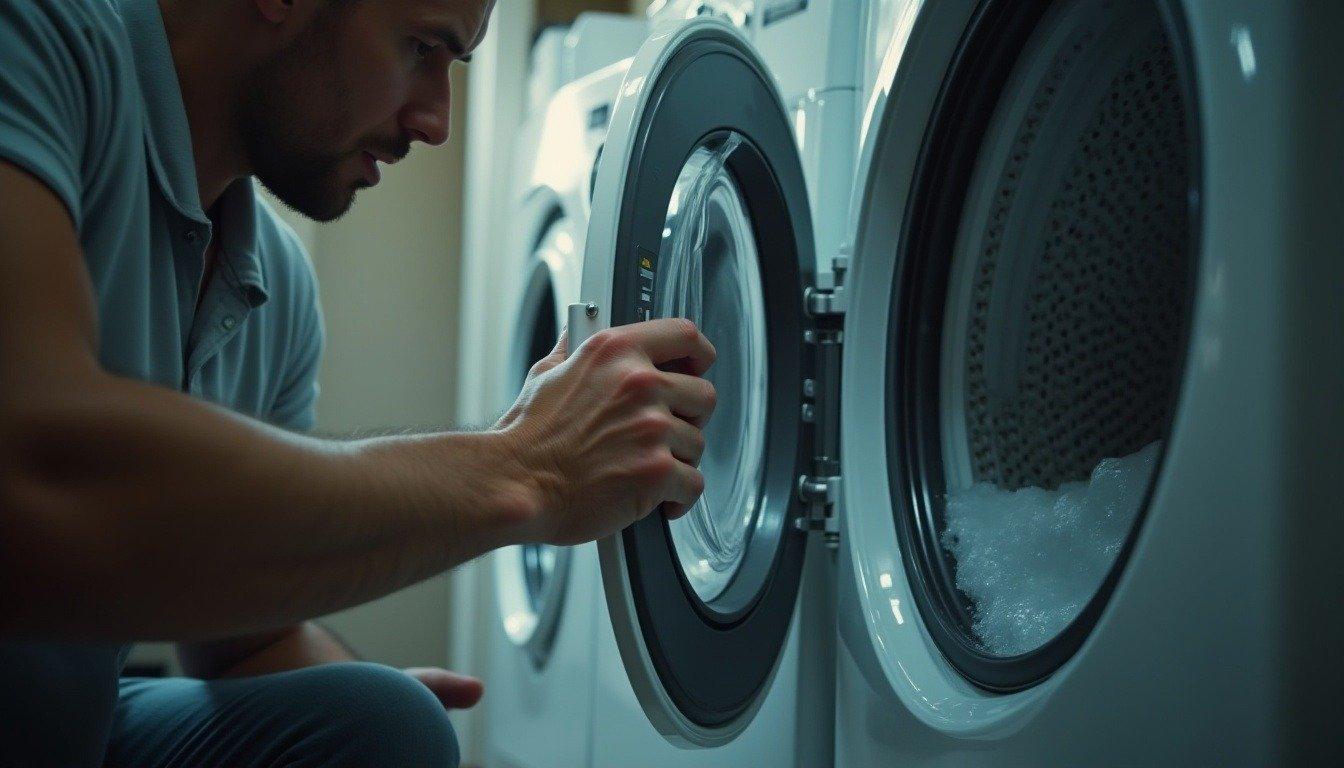


_1748341252.jpg&w=3840&q=75)